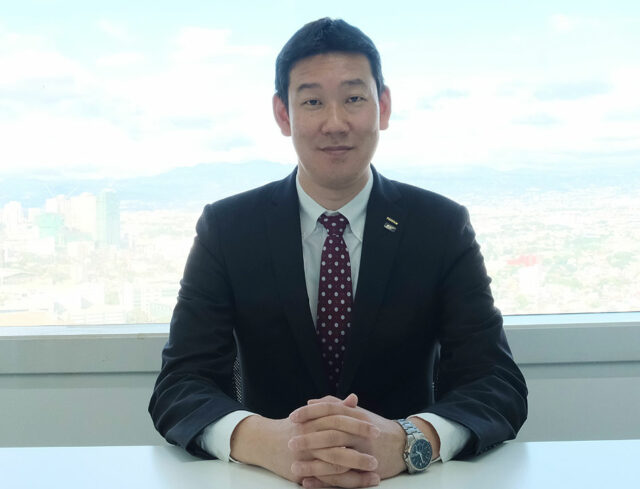I’m a longtime supervisor in our company’s operations department. Aside from me, there are other three junior supervisors who report directly to the operations manager, a 57-year-old pioneer in our company. My problem is the continuing “refusal” of my boss to delegate key tasks to me and other supervisors. We feel like we’re being treated like glorified clerks who are reduced to doing only routine administrative work, like monitoring the workers’ performance. The human resource (HR) manager, citing our succession plan, told me that I’m next in line to replace our department manager in case of his retirement, death or incapacity. However, it appears that he’s not interested in readying me to do his job. What can we do? — Rainbow Connection.
Oh, no! The HR manager should not be doing that. A succession plan is confidential. It’s only the HR manager, the department head and the chief executive officer (CEO) who should be privy to that information. That’s because its contents are not set in stone and could change anytime, depending on the result of one’s performance appraisal and related factors.
Even if your name continues to be on top of the list, it’s imperative for management to keep it a secret to avoid encouraging false expectations.
It’s also important to understand that it’s only your boss who can make a recommendation as to his successor. In the absence of your boss’s endorsement for some reason, a management committee composed of other department managers (including the HR manager) may do the vetting process before they look for external candidates.
However, that’s not the major issue here. With or without your name in the succession plan, your concern is how to enrich your work experience so that you’re prepared to assume the post of operations manager in your organization or elsewhere when the time comes.
INITIATIVE
How is your relationship with your boss? Is it possible that the succession plan that contains your name was prepared only to comply with certain procedures, like filling up a pro-forma template? Many organizations do that to update the succession plan in accordance with the instructions of HR. How serious is your boss in recommending you to take his post if necessary?
The answer to these questions will depend on your performance. How decent is your performance rating, at least for the past three years? I mean, you should have an “above average” and not merely “average” rating. It’s the best clue available.
I’ve worked with bosses before and I don’t remember asking them to give me important assignments. Of course, at times, they give me difficult projects. That’s all. Instead, what I did was to volunteer myself for many key tasks that were not part of my daily routine or tasks that could have been done by external consultants. Even when I was the HR department head, I volunteered to organize best-practices tours with dynamic companies, conduct focus group discussions on salary and benefits, tap volunteer resource speakers on certain leadership topics, create impactful sports and social activities for employees, research methods to raise employee engagement and retention, among other things.
My best memory of all my accomplishments was when I established a corporate-wide kaizen program that was participated by many employees that netted us millions of savings. At one time, I even volunteered myself as a conduit to a legislator from my home province to help us renew our franchise.
Initiative is key. It was all up to me to explore and discover those special projects that were not expected of me and yet I was able to deliver them all because my bosses gave me permission to do so. That’s very important. You must think of those special projects — the more difficult, the better — and secure management permission before doing anything.
He may disallow your well-thought-out ideas and drive you crazy for not allowing you to do what you want, but that’s the way it goes. That’s part of the learning process, which could be at times demoralizing. Nevertheless, it’s still the rule. You can’t bypass your bosses. Treat your bosses like effective and supportive coaches. Give them good reason to believe they were responsible for your career development.
GIVE CREDIT
Depending on your career aspirations, it’s better to show what you can do, not only to your boss but to your department and the whole organization. Be visible by doing all projects that could make top management take notice. You could run the risk of being viewed as someone who’s out to get the boss’s job.
Therefore, be careful. Disloyalty is a fast track to career failure. Be sensitive to your boss’s needs and wants. Give credit to him every step of the way.
In conclusion, don’t wait for opportunities to happen. Your name may be in the succession plan, but if you don’t have the right skill and depth of managerial experience, you’ll soon be dismissed as incompetent. This is the worst thing that could happen, even if you do get the promotion.
Learn as many things as possible about performing the job of operations manager, even without his assistance. Volunteer to do many things and make it easy for your boss to do his job.
Learn from Rey Elbo’s “Superior Subordinate Supervision” program to help train your line supervisors and managers. Or chat with him on Facebook, LinkedIn, Twitter or e-mail elbonomics@gmail.com or via https://reyelbo.com
















